Intravenous pyelogram nursing responsibilities. Intravenous Pyelogram: A Comprehensive Guide for Nursing Professionals
What are the responsibilities of nurses during an intravenous pyelogram procedure? Explore the purpose, contraindications, patient preparation, procedure, aftercare, and potential complications in this detailed guide.
Understanding Intravenous Pyelography
Intravenous pyelography (IVP), also known as intravenous urogram (IVU) or excretory urography, is a radiological procedure used to visualize the urinary system, including the kidneys, ureters, and bladder. This imaging technique involves the injection of a contrast medium into the patient’s vein, usually in the arm, which then travels through the bloodstream and is filtered by the kidneys, allowing the structures of the urinary system to be clearly seen on X-ray images.
Purpose of Intravenous Pyelography
Intravenous pyelography serves several key purposes, including:
- Identifying the presence, size, and configuration of the kidneys, ureters, and bladder
- Determining the filling of the renal calyces (small pouches at the end of the kidney’s tubules)
- Detecting anatomical abnormalities in the urinary system, such as horseshoe kidney, polycystic kidney, hydronephrosis, or double ureters
- Identifying enlargement of the prostate gland, tumors, renal calculi (kidney stones), and bladder abnormalities
- Evaluating post-voiding retention of the contrast medium, which can indicate bladder neck obstruction
Contraindications and Patient Preparation
What are the contraindications for intravenous pyelography, and how should patients be prepared for the procedure?
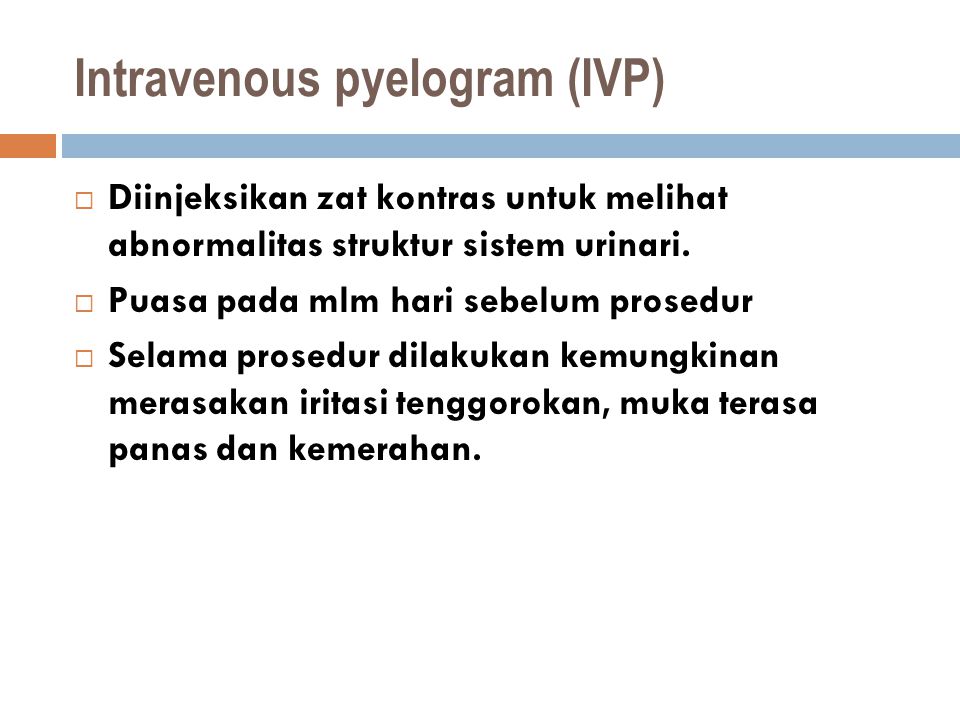
Contraindications
The primary contraindication for IVP is a known sensitivity or allergy to iodinated contrast media. Patients with kidney disease or renal failure should also avoid this procedure, as the contrast medium can further impair renal function.
Patient Preparation
Before the procedure, nurses should:
- Assess the patient’s medical history, including any allergies and current medications
- Obtain written informed consent from the patient
- Perform a skin test to check for sensitivity to iodine compounds, as the contrast medium contains iodine
- Instruct the patient to refrain from eating or drinking anything after the evening meal prior to the procedure
The Intravenous Pyelography Procedure
How is the intravenous pyelography procedure performed, and what happens during the process?
The Procedure
During the IVP procedure, the following steps are typically taken:
- A cannula (small tube) is inserted into a vein, usually in the patient’s arm, through which the contrast medium is injected.
- The contrast medium, which is a radiopaque dye, is then injected into the vein.
- X-ray images are taken at intervals to capture the movement of the contrast medium through the urinary system.
- After approximately 3 minutes, the contrast medium reaches the renal calyces and renal pelvis, which can now be visualized on the X-ray images.
- After 9 to 13 minutes, the contrast medium reaches the bladder, and a final image is taken.
- The contrast medium is then excreted from the body through the kidneys.
- A post-voiding X-ray may be taken to compare the images and look for any abnormalities.
Nursing Responsibilities During Intravenous Pyelography
What are the key nursing responsibilities before, during, and after an intravenous pyelography procedure?

Before the Procedure
Nurses should:
- Assess the patient’s medical history, including any allergies and current medications
- Ensure that the patient has signed the informed consent form
- Perform a skin test to check for sensitivity to iodine compounds
- Instruct the patient to refrain from eating or drinking anything after the evening meal prior to the procedure
During the Procedure
During the IVP procedure, nurses should monitor the patient closely and be prepared to respond to any adverse reactions, such as nausea, vomiting, difficulty breathing or swallowing, swelling of the lips and tongue, low blood pressure, or loss of consciousness.
After the Procedure
After the IVP procedure, nurses should:
- Monitor the patient’s intake and output, especially in the 24 hours following the procedure
- Assess the patient for any adverse reactions, including at the injection site
- Document the findings of the procedure and the patient’s response
Potential Complications and Adverse Reactions
What are the potential complications and adverse reactions associated with intravenous pyelography?
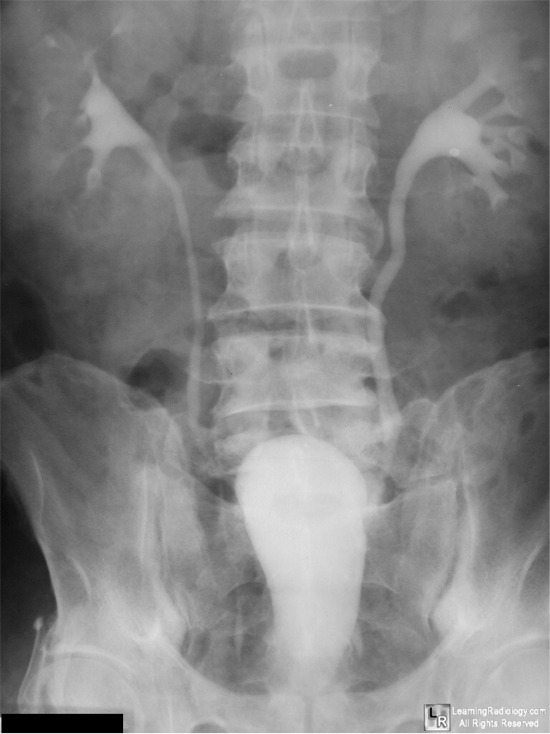
Adverse Reactions
Intravenous pyelography can sometimes cause adverse reactions, including:
- Nausea and vomiting
- Itching
- Difficulty in breathing or swallowing
- Swelling of the lips and tongue
- Low blood pressure
- Loss of consciousness
Potential Complications
Potential complications of intravenous pyelography include:
- Contrast-induced nephropathy, which can occur in patients with pre-existing kidney disease or dysfunction
- Allergic reactions to the contrast medium, which can range from mild to life-threatening
- Extravasation of the contrast medium, which can cause tissue damage if the injection site is not properly monitored
Conclusion
Intravenous pyelography is a valuable radiological procedure used to visualize the structures of the urinary system. Nurses play a crucial role in ensuring the safety and well-being of patients undergoing this procedure, from pre-procedure assessment and preparation to monitoring for and managing any adverse reactions or complications. By understanding the purpose, contraindications, and nursing responsibilities associated with intravenous pyelography, nurses can provide high-quality, patient-centered care and contribute to the overall success of this important diagnostic tool.
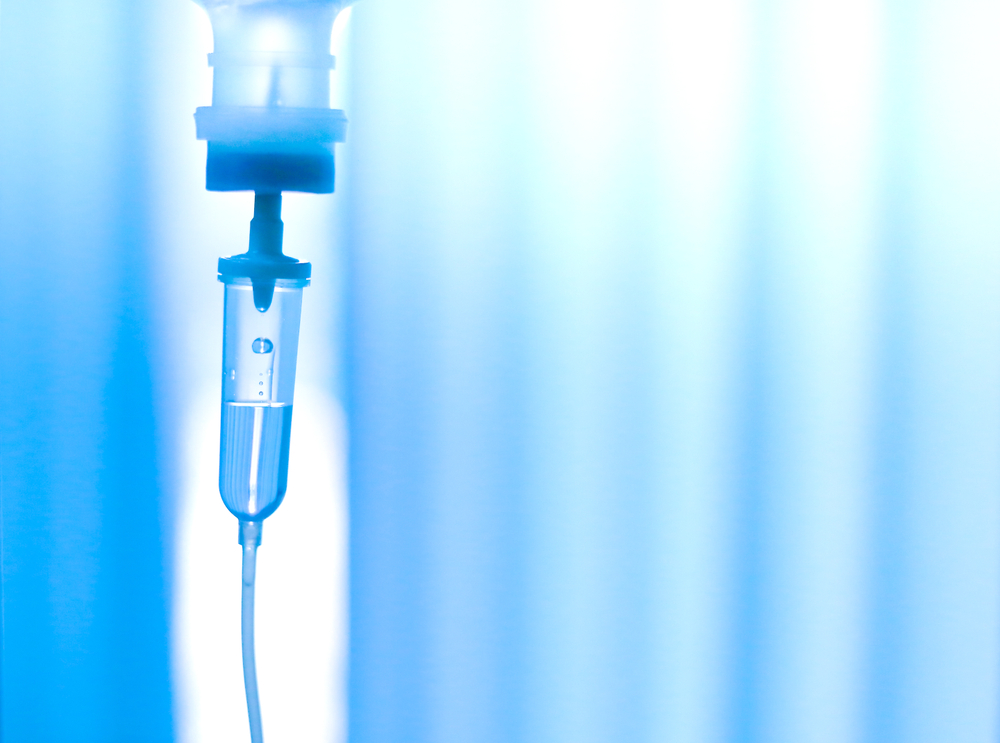
Intravenous Pyelography – Nursing Crib
by Daisy Jane Antipuesto RN MN · January 3, 2011
Intravenous Pyelography
- Also known as IVP, pyelography, intravenous urogram or IVU
- Is a radiological procedure used to visualize abnormalities of the urinary system, including the kidneys, ureters, and bladder
- Gives a comprehensive view of the patient’s anatomy and some information on the functioning of the renal system
- Usually done to patient with severe renal colic and a positive hematuria test
- Used as a way to diagnose chronic pyelonephritis, kidney stones, renal cell carcinoma or RCC, Trnasitional cell carcinoma or TCC, Polycystic kidneys
Procedure
- A cannula is inserted in the vein usually in the arm where in a contrast media is injected.
- Using the X-ray, the contrast media is seen and termed as “renal blush”.
- X ray shots are taken in intervals to capture the way it travels inside the urinary system.

- After three (3) minutes of X-ray shots, the calices and renal pelvis can now be seen.
- After 9 to 13 minutes it goes to the bladder.
- The contrast is excreted or removed from the bloodstream via the kidneys.
- A post micturition X-ray is then taken in order to compare the images for more evidence of pathology.
Contraindications:
- Patients taking metformin should hold this medication 48 hours before and after the procedure to avoid such interaction.
- This is not indicated for pregnant women and those who have kidney disease or renal failure.
Adverse Reactions:
- Nausea and vomiting
- Itching
- Difficulty in breathing or swallowing
- Swelling of the lips and tongue
- Low blood pressure
- Loss of consciousness
Nursing Considerations:
Before the Procedure:
- Assess the history of allergy, medications currently taken and risk of pregnancy for women.

- Check if consent is properly signed.
- Emphasize to the patient that nothing should be taken or ingested 12 hours before the procedure.
After the Procedure:
- Monitor the intake and output strictly especially the next 24 hours.
- Assess for adverse reactions.
- Assess the puncture site for active bleeding
- Document the findings properly.
Photo credits: www.stonybrookphysicians.adam.com
Daisy Jane Antipuesto RN MN
Currently a Nursing Local Board Examination Reviewer. Subjects handled are Pediatric, Obstetric and Psychiatric Nursing.
Previous work experiences include: Clinical instructor/lecturer, clinical coordinator (Level II), caregiver instructor/lecturer, NC2 examination reviewer and staff/clinic nurse.
Areas of specialization: Emergency room, Orthopedic Ward and Delivery Room. Also an IELTS passer.
What Do You Think?
Tags: hronic PyelonephritisIntravenous Pyelographykidney stonesPolycystic kidneysrenal cell carcinoma or RCCTrnasitional cell carcinoma or TCC
- Next story Impetigo
- Previous story Pediatric Asthma Management
INTRAVENOUS PYELOGRAPHY – Nurse Info
- Home
- ACCOUNT
Sign in
Welcome!Log into your account
your username
your password
Forgot your password?
Create an account
Privacy Policy
Sign up
Welcome!Register for an account
your email
your username
A password will be e-mailed to you.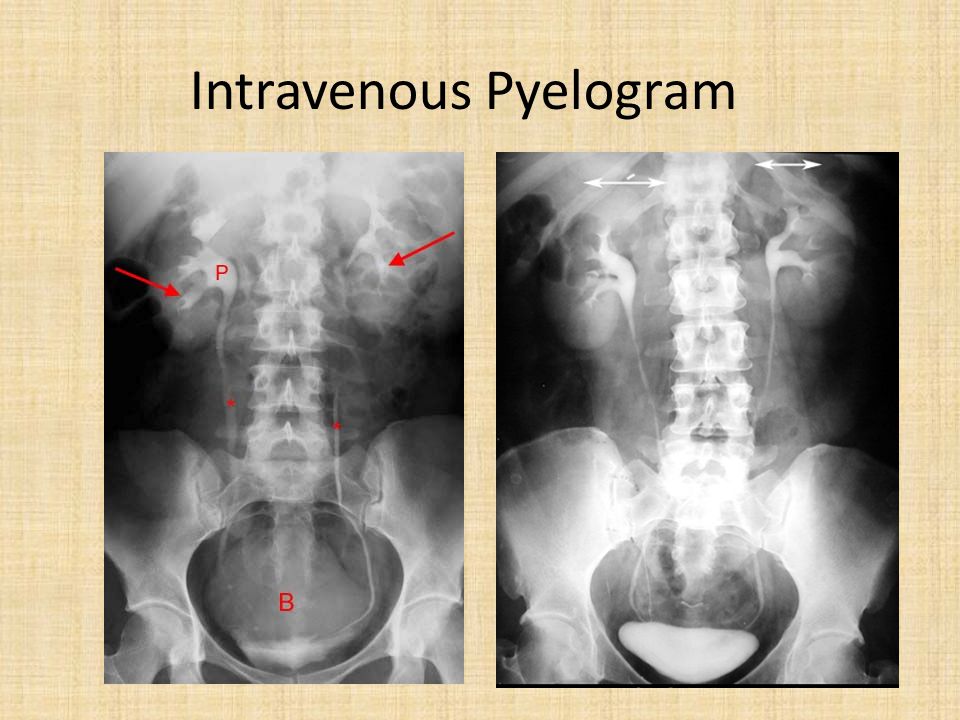
Privacy Policy
Password recovery
Recover your password
your email
Search
– Advertisement –
INTRAVENOUS PYELOGRAPHY – Purpose, Contraindications, Preparation of the Patient, Position of the Patient, Procedure, After Care, Recording and Reporting and Complications (NURSING PROCEDURE)
Intravenous
pyelography (IVP) is also called excretory urogram. Intravenous pyelography is
the roentgenographic visualization of kidneys, ureters and bladder by injecting
a dye into the vascular system. It involves intravenous injection of a
radiopaque dye that is filtered by the kidney and excreted through the urinary
tract
PURPOSE
- To identify absence or presence, location size
and configuration of kidneys, ureters and bladder - To determine filling of the renal
calices - To detect anatomic peculiarities of
the uninary system, such as horseshoe kidney, polycystic kidney, hydronephrosis,
double ureters, etc - To find out enlargement of prostate
gland, tumors, renal calculi, abnormalities of the urinary bladder, etc - Post-voiding films, showing abnormal
retention of dye, can indicate bladder neck obstruction
CONTRAINDICATIONS
A known
sensitivity to iodinated contrast media is an absolute contraindication to IVP
PREPARATION OF THE PATIENT
- Explain the procedure to the patient
to relieve his fear and anxiety - Obtain written consent from the
patient - Test skin to find out sensitivity to
iodine compounds because radiopaque medium containing iodine, when injected
intravenously, can cause anaphylactic reactions in hypersensitive patients - Prepare the patient as for taking
plain X-ray of abdomen - Keep the patient nil by mouth after
evening meal until the examination is over. The depletion of fluid intake
The depletion of fluid intake
allows the radiopaque dye to the more concentrated. When it enters the kidney,
the roentgenogram is clearer. If the patient is receiving intravenous fluids,
the rate of infusion may be slowed down, for several hours, prior to the study - Because the kidneys are located
retroperitoneally, the bowel must be cleared of gas and fecal matter, because
the gas and fecal matter may cause shadows in the X-ray film - Cathartics are usually given evening
before the examination. If the patient is suffering from colitis or peptic
ulcer, he should not be given cathartics - The nurse must take precautions to
assure the comfort and safety of the patient - A history of kidney damages, allergy,
liver diseases and cardiac arrhythmia are contra-indications to the use of
radiopaque substances - Keep emergency drugs, oxygen and
resuscitation equipment ready
Commonly
Used Substances for IVP
The dyes
currently used are di- and tri-iodinated derivatives of benzene and pyridine
Two commonly
used substances are:
- Diatrizoate sodium (hypaque)
- Meglumine diatrizoate (renogram)
POSITION OF THE PATIENT
The patient
is placed in a supine position on the X-ray table
PROCEDURE
- The patient is placed in a supine
position on the X-ray table - Initially a KUB film is taken
- This helps assure that the bowel is
clear enough to continue with the rest of the procedure. It also screens for
It also screens for
calculi in the kidney, ureters or bladder - The radiopaque dye is injected
intravenously. Films are usually taken 2, 5, 10, 15, 20, 30 and 60 minutes
after the dye is injected. Post-voiding films also may be taken
The drug should
not be injected by the nurse. The compounds normally cause flushing of face, a
feeling of warmth and a salty taste in mouth. These effects are transitory and
do not mean that the study should be stopped
AFTER CARE
- Sometimes, with delayed renal
function, additional X-rays may be needed one or two hours later. If the
patient is to remain on the X-ray table, during this time care must be taken to
insure comfort, as much as possible - The patient should be observed for
any untoward reactions during and after the procedure - The patient must be watched for the
following complications: anaphylactic shock, acute renal failure, electrolyte
imbalance and cardiac arrhythmias - If the patient develops any signs of
allergic reaction such as itching, wheezing or other respiratory distress, stop
the procedure immediately - When the patient returns to the ward,
observe him for reaction of the dye - Give plenty of oral fluids to
rehydrate the patient
RECORDING AND REPORTING
- Record the vital signs before and
after the procedure on the nurse’s chart - Record any reaction observed and
report to the sister/physician
COMPLICATIONS
- Anaphylactic shock
- Acute renal failure
- Electrolyte imbalance
- Cardiac arrhythmias
INTRAVENOUS PYELOGRAPHY – Purpose, Contraindications, Preparation of the Patient, Position of the Patient, Procedure, After Care, Recording and Reporting and Complications (NURSING PROCEDURE)
– Advertisement –
– Advertisement –
Related article
Guidelines
State
budget educational institution
higher professional education
Saratov
state medical university
named after V. I. Razumovsky
I. Razumovsky
Ministries
health and social development
Russian Federation”
(GBOU VPO Saratov
GMU them. IN AND. Razumovsky Ministry of Health and Social Development
Russia)
“APPROVE”
Head department
hospital, polyclinic
pediatrics and
neonatology
Professor________________ Eiberman
A.S
“___26_”_January_______2012_
For a practical lesson
For 2nd year students
Pediatrics
Discipline: Introduction
in the specialty
Subject: “The work of a sentry and manipulation nurse.”
Saratov 2012
Subject:
Officials
duties of a nurse
procedural).
Venue :
study room
Department of Hospital Pediatrics,
pediatric department
Duration :
3 hours (of which
independent work 50 minutes)
Purpose of lesson :
explore features
work of paramedical personnel
(guard, procedural medical
sisters) in the pediatric department.
Motivational
occupation characteristic:
The job of a nurse is one of
important components of the pediatric
departments. Guards and procedural
nurses make appointments
physician for examination and treatment
patients, supervise the implementation
hospitalized patients. Familiarization
students with special needs
nurses lets them do better
navigate the work
pediatric department.
As a result of the lesson
The student must
know :
Peculiarities
work, job duties
nursePeculiarities
work, duties
procedural nurseorganization
work of the pediatric department and
involvement of nurses in activities
departments
The student must
be able to :
Measure the temperature,
draw up a temperature sheetshaping history
illness upon admission of the patient to
departmentConduct
anthropometric measurements for patientsConduct
pre-sterilization treatment and
sterilization of instruments
manipulation roomRealize
storage of parenteral preparations
insertions in manipulation roomConduct
preparation of medical documentation
(nurse journals)
pediatric department and manipulation
office
The student must
read:
By holding
intramuscular, intravenous injections,
taking blood from a vein; holding
intravenous drip
drugs, determination of blood groupBy holding
cleansing enemas, features
collection of urine and feces in a pediatric setting
departments
Graphological schemes, tables, educational elements.

Guard work
nurse.
Average
medical unit in the children’s department
represented by guard and procedural
nurses. For data
positions are assigned to people with an average
medical education.
When
the patient crosses the threshold of the child
departments, he is met by a sentry
nurse. It carries out
admission of the patient to the department. On admission
the nurse weighs the baby
patient, measures his height, measures
his temperature. She records information
about the patient in the patient movement log
in the department, draws up a medical history
patient (enters information about the mass
and growth of the patient, glues the temperature
sheet). The nurse conducts
sanitary examination of the patient and makes about
this mark in the medical history, places
patient to the appropriate room.
The nurse is talking to
newly admitted patient about the rules
behavior, nutrition in the department, introduces
newly admitted patients with established
regime in the department.
Then
she informs the doctor about admission
patient to the department. At discharge
patient from hospital medical
sister records his departure in
journal of the movement of patients of the department.
Nurse
is constantly in the department, monitors
over the behavior of patients, controls
compliance with sanitary and hygienic
departmental standards. Postovaya
nurse keeps cleanliness
chambers, bedside tables, order in the ward,
check the storage of products in the ward.
Her responsibilities also include monitoring
for the personal hygiene of patients (care for
skin, cutting nails and hair, for
timely change of wearable and
bed linen).
Medical
nurse supervises the collection of tests,
explains to children the rules for collecting tests
urine and feces, if necessary helps
child to collect analysis.
Postovaya
nurse is constantly working
with lists of appointments of patients, writes out
in the journal of appointments made by the doctor
appointment of new surveys.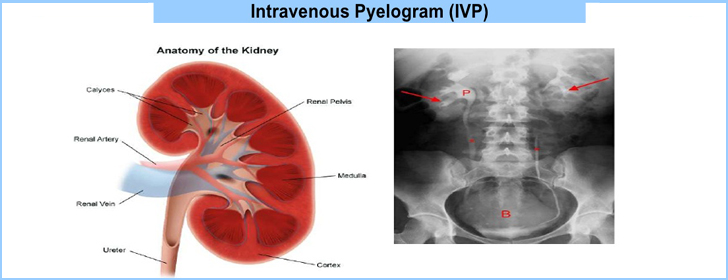 IN
IN
accordance with the instructions written
doctor, dispenses medicines to sick children
medications, conducts inhalations,
nebulizer therapy.
IN
duties of a nurse include
Responsible for preparation for X-ray
and laboratory studies of patients,
record patients for various
surveys carried out in various
departments of the hospital. Medical
sister participates in the design of stories
illness. Takes temperature regularly
on temperature sheets. Sticks in
newly obtained medical records
test results. Regularly makes up
information on the nutrition of patients and submits
their head nurse.
Postovaya
the nurse must provide
transportation and carrying of seriously ill patients,
organization of their transportation. Her
duty is also to provide
first aid for poisoning, injuries,
burns.
Nurse
duty to provide care for the sick.
Especially the first year of life and take
participation in child feeding.
Postovaya
the nurse takes part in the
various procedures (intravenous
pyelography, voiding cystourethrography,
irrigoscopy), if necessary, helps
treatment room nurse. WITH
WITH
the purpose of preparing patients for examinations
makes cleansing enemas.
Her
duty is also to supervise
for the exact execution of patients, younger
medical staff and visitors to established
hospital rules,
monitoring that patients
accuracy received the appointed table;
product conformity control,
brought by the sick.
Postovaya
the nurse is responsible for monitoring
correctness of the content of medical
and household inventory of the chambers and
departments, report to the head nurse
about their failure.
Nurse
constantly carries out sanitation work
among patients, takes active
participation in nursing conferences,
seminars.
Medical work
treatment room nurses.
procedural
the nurse performs the assigned
procedures authorized by the doctor of the department
to the implementation of secondary medical
staff.
She
helps with manipulation
who are only entitled to
doctor (blood typing, transfusion
blood, infusion into the subclavian vein,
intra-arterial injection of infusion
media, bloodletting, intravenous
infusions for children under 1 year of age).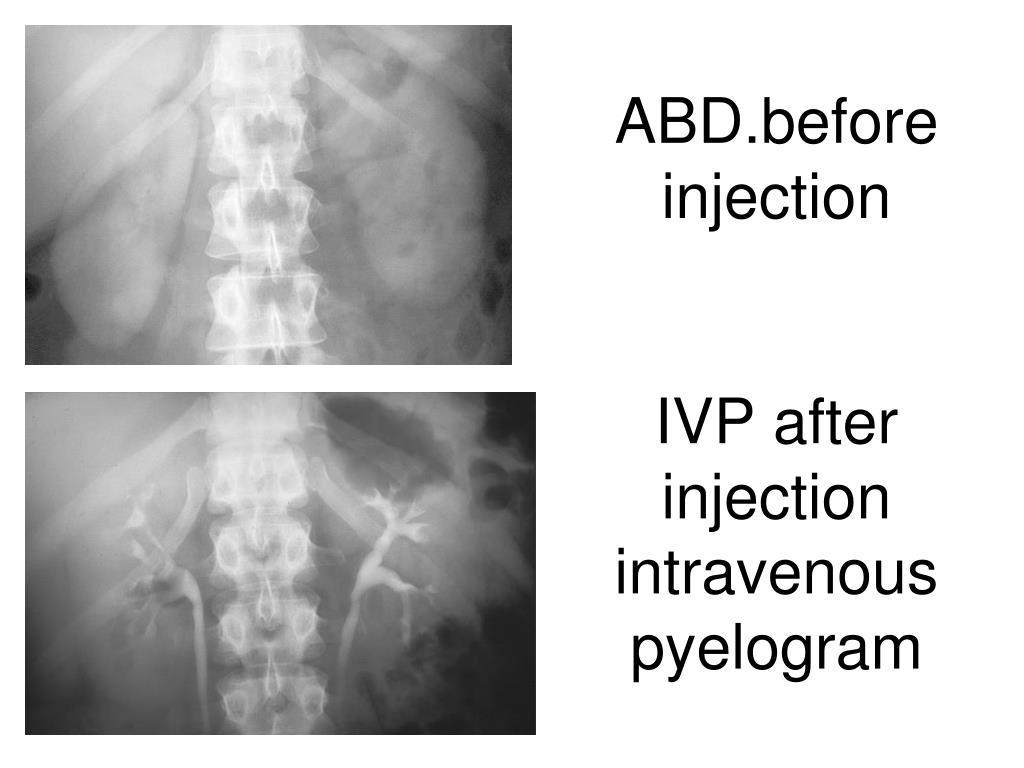 In charge
In charge
procedural nurse included
blood sampling from a vein for biochemical
research, sends it to the laboratory,
carrying out intradermal, subcutaneous,
intramuscular, intravenous injections.
Medical
sister provides strict accounting and
storage of medicines of groups “A” and “B”
“in special medicine cabinets.
She is responsible for ensuring strict
compliance with the rules of asepsis in the office
during procedures,
disinfection, pre-sterilization
instrument cleaning. Sterilizes
tools and material in accordance
with current instructions.
procedural
the nurse performs
Mantoux reaction for diagnostic purposes,
performs gastric lavage, fractional
and duodenal sounding, performs
sowing bile, gastric juice for analysis.
She
compiling requirements in a timely manner
tools, equipment, medicines
and dressing material and receives
necessary in due course.
Medical
Sister keeps proper care
blood, blood substitutes and other
drugs administered intravenously and
at its disposal,
under the supervision and prescription of a doctor
intravenous infusion of blood, blood substitutes
and other solutions. Leads according to the established
Leads according to the established
the form of the necessary accounting documentation
treatment room.
procedural
nurse provides
sanitary and hygienic content
treatment room. Conducts the current
and scheduled general cleaning. Follows
behind the work of the refrigerator, 1 time in ten
days of defrosting and disinfection.
IN
duties of a procedural medical
sisters included helping others
nurses, if
fulfills the production needs
work in the area where he finds it necessary
administration or doctor on duty.
Medical
treatment room sister systematically
improves professional qualifications
by participating in conferences for the secondary
medical personnel organized
in the hospital and ward.
History
Distance learning
Vocational retraining
Vocational training
Master classes
Training of teachers, educators
Public education
June 12 – Russia Day
June 5 – World Environment Day
May 12 – International Nurses Day 2023
May 9 – Victory Day 2023
May 1 – Spring and Labor Day 2023
Our institution begins its history in 1988, when the Rostov Regional School for Advanced Training of Workers with Secondary Medical and Pharmaceutical Education was established in the Rostov Region.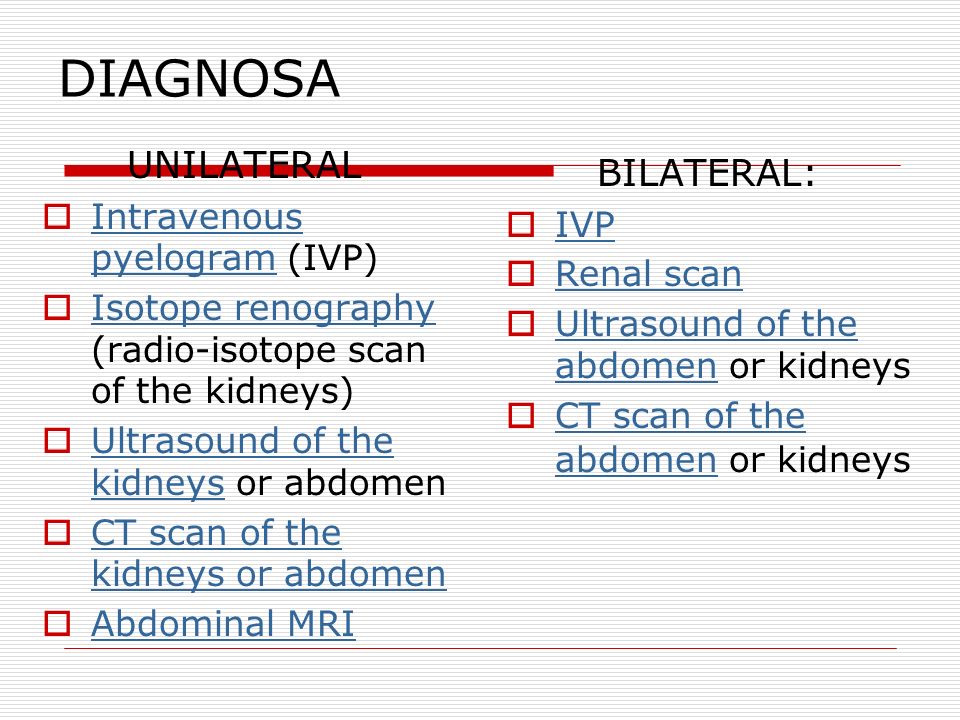 In accordance with the ever-growing requirements of practical healthcare to the level and quality of training of specialists, the material and technical base and educational and methodological support of the school developed dynamically.
In accordance with the ever-growing requirements of practical healthcare to the level and quality of training of specialists, the material and technical base and educational and methodological support of the school developed dynamically.
In 2004, the ROUPK was renamed into the state educational institution of additional professional education “Center for Advanced Training of Specialists with Secondary Medical and Pharmaceutical Education” of the Rostov Region, and in 2011 – into the state budgetary educational institution of additional professional education of the Rostov Region “Center for Advanced Training of Specialists with secondary medical and pharmaceutical education”
Currently, the center is a large educational institution in the South of Russia, which has an educational building with an area of 1571 sq.m. and strong material and technical base.
The head of the advanced training center is the Honored Doctor of the Russian Federation Dimitrova L.V.
The purpose of the center is to provide educational services for advanced training at a modern and high quality level. Over 8,000 specialists in 32 specialties study at the center every year.
Over 8,000 specialists in 32 specialties study at the center every year.
Created conditions for the provision of educational services:
- advanced material and technical base,
- team with high creative potential,
- modern pedagogical and health-saving technologies in education.
The educational process is being actively modernized:
- A unified information environment of the center has been formed
- Transition to multimedia technology 9 completed0048
| Multimedia class equipment (using an interactive whiteboard, document camera, etc.) | In the emergency medicine class, students work with a computer-based training program for cardiopulmonary resuscitation |
| Computational final testing of students is carried out | Multimedia presentations are in the arsenal of every teacher. Example: developments of Garlikov N.N. Example: developments of Garlikov N.N. |
The achievement of our center is the introduction of the latest developments in the educational process:
- In the field of safety of the professional environment of medical workers
| Operation with needle destructor and portable autoclave | New in laboratory diagnostics (work with express analyzers) |
- In training students in the section “Ambulance and emergency care”
| Use of vacuum splints and heart massage with cardio pump | Ambulance paramedics performing ventilation after tracheal intubation using a laryngoscope |
- Nursing technology
| Mastering the technology of blood sampling using vacuum systems | Peripheral Catheter Training |
Our contribution to the implementation of the Priority National Project “Health” goes in the following directions:
- Formation of a healthy lifestyle
In order to achieve the best results in this area, a study room “Health” was opened
| Demonstration of hardware and software complex “Health-Express” | Tobacco control work organized |
Competitions are held among students for the best creative work to promote a healthy lifestyle
| The winner of the competition – the film “Radiant Smile” – the cycle “Dental Care for the Population” |
- Improving the provision of medical care to victims of road accidents
113 specialists trained to provide assistance to victims on the M-4 Federal Highway
- Improving medical care for patients with cardiovascular diseases
422 specialists trained to work in new vascular centers for minimally invasive surgery and cardiosurgical departments
Particular attention is paid to cooperation with the International Committee of the Red Cross in the North Caucasus
Over the five years of cooperation, 74 medical workers have studied.



 The depletion of fluid intake
The depletion of fluid intake It also screens for
It also screens for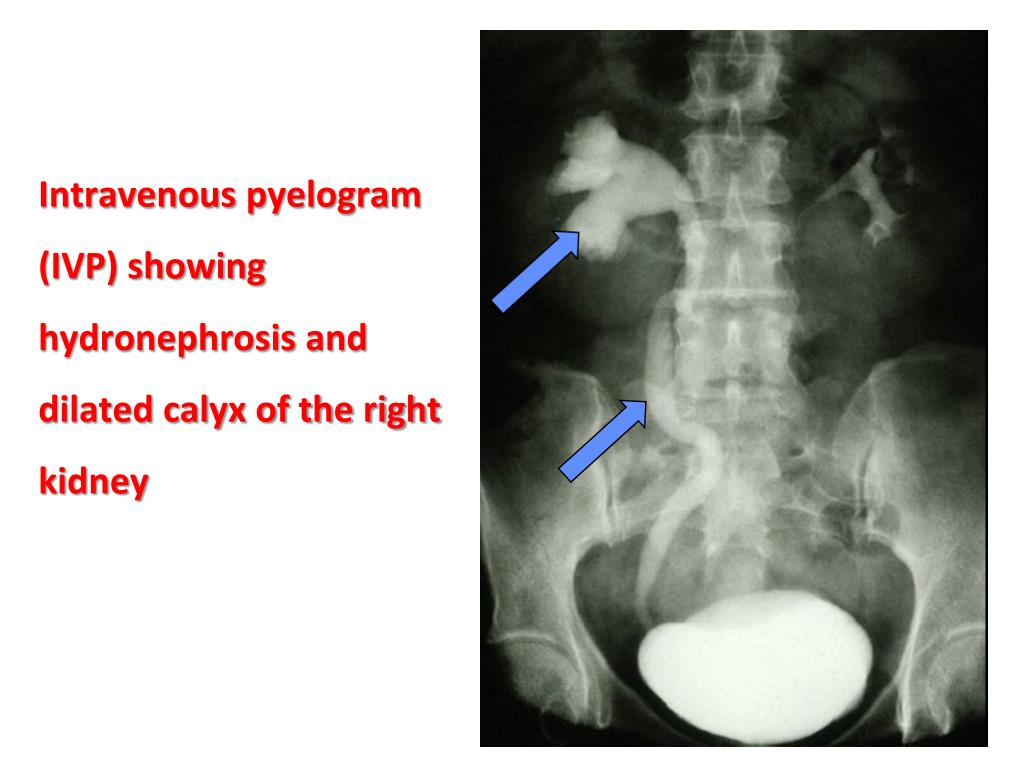
:max_bytes(150000):strip_icc()/4172943_color-5be46fedc9e77c005200533d.png)